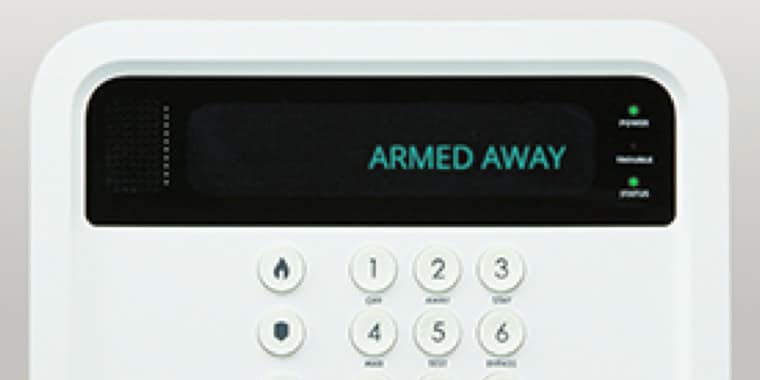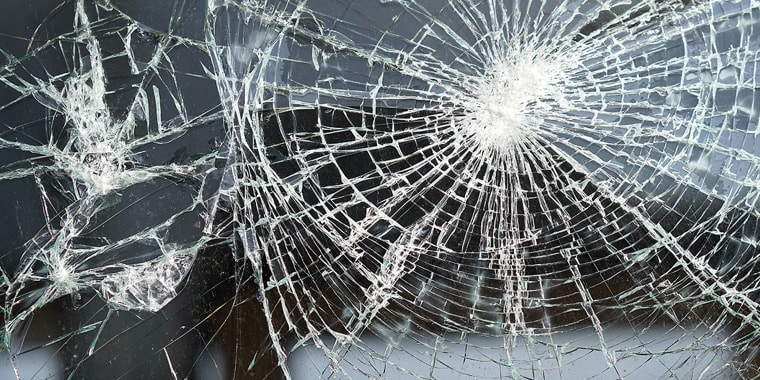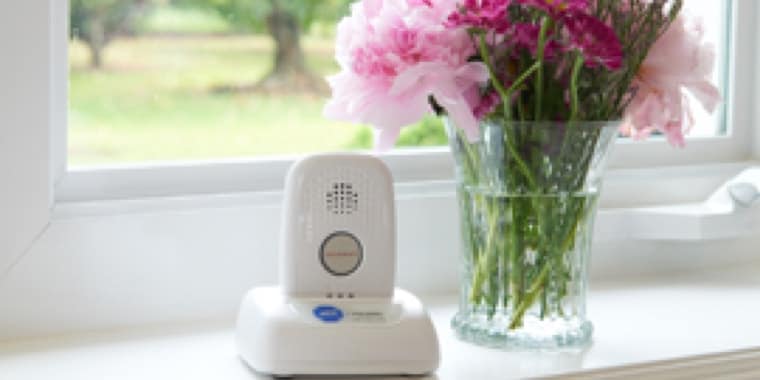Having a baby comes with a multitude of joys, responsibilities, and stresses. Keeping child safety in mind plays into all of that and it’s something that parents are always worried about. With so much going on – especially if there’s more than one kid in the house—it can be easy to overlook certain things.
We’ve put together five child safety tips to consider.
1. Get the Basics Down
Start with the basic safety tips that everyone in the home can benefit from. When was the last time you checked your smoke and carbon monoxide alarms? What about your fire extinguishers? Check for things like frayed wires or cords that might cause people to trip. You should also check you’re not overloading any outlets either.
From there you should be thinking about security too. Are your locks still functioning properly on your doors and windows? You might want to think about investing in a home security system as well.
These things are all child safety common sense tips, but we can get into a habit of letting standards slip. A baby should be a wakeup call to address anything you’ve been putting off.
2. Baby-Proof Your Home
Now it’s time to get your house sorted for the baby itself. Smaller, curious, and unfortunately lacking a strong sense of danger, children bring their own unique child safety issues.
The kitchen is a good place to start considering how many child safety dangers you can eliminate. Aside from ensuring you never leave things like knives lying around, you’ll want to reorganize. Think about what you’re keeping in lower cupboards that kids can get into. Move any of the following out of reach:
- Chemical products
- Sharp objects
- Suffocation hazards like plastic bags
- Containers with vitamins, minerals, or spices
Adding latches to your drawers and cupboards should be considered too. Also be wary of appliances being left plugged in. Toasters, blenders, or anything of the sort should be unplugged with their cords tucked away. You should also get stove-knob covers too.
Sharp corners on furniture is a big one to look out for all over the house. Softening these up with things like corner guards means if your child has a tumble they won’t seriously hurt themselves on the living room table. Also think about items such as a bookcases, TVs, and anything else that could fall over without too much effort. Ensure anything that should be secured to the wall is secured to the wall.
3. Make Their Room Safe
This child safety tip could easily be the most important. Parents need to think about the baby’s nursery. There will be lots of items in here unique to this room, so it needs its own approach. The US government deems drop-side cribs as unsafe, while the slats should be at most 2 3/8 inches apart. Keep this in mind if a relative offers you a crib as it might not be up to standard.
Avoid filling the crib with blankets and stuffed animals. As much as the baby may love them, they are a suffocation hazard. Be wary of mobiles too—any small parts could come off and risk choking your baby.
Take a look at the storage in your child’s room. A toy box with a lid is an easy way to get some injured fingers. Use an open box instead. For any storage furniture that does go in the room, make sure it’s properly secured at all times.
4. Keep the Bathroom Safe
As a room we use multiple times a day, it’s easy to forget just how dangerous a bathroom can be for a baby.
The main thing is to never leave your baby unattended in the bathroom. The horror stories about drownings in incredibly shallow water are all too true. When it’s time for a bath, make sure your time is free so you won’t be tempted to leave the room even for a second.
Keeping with bath time, be sure to check the temperature of the water. Young kids have much more tender skin than adults so it takes a lot less to severely burn them. You should set your water heater to go no higher than 120°F to avoid any issues, but even then make sure you check. Buy a thermometer so that you can always be sure.
And just like every other room, ensure any electrical cables are tucked away while the appliances themselves are unplugged. You’ll also want to use no slip mats to avoid any painful falls. This is one child safety tip you do not want to slack off on.
5. Keep Your Baby in Sight
Of course this isn’t possible at all times or even necessary. No one is calling for parents to take shifts to keep a watchful eye over their sleeping baby every night. That’s what we have baby monitors for. But, consider installing security cameras in your home. This means you can always see what your baby is up to no matter where you are. It’s not a substitute for being there in person, but it does offer some peace of mind.





